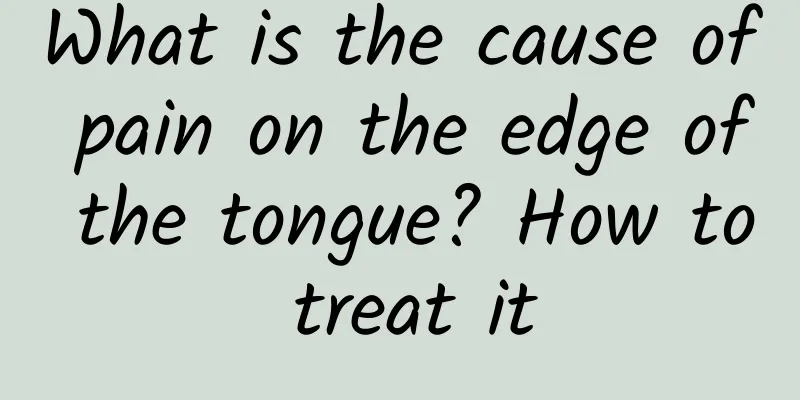Postoperative care after lumbar puncture

|
Lumbar puncture is a commonly used examination method in neurology. It is of great significance for the diagnosis and treatment of some diseases of the nervous system. Moreover, this lumbar puncture is a relatively simple operation and is relatively safe. Therefore, patients should not worry too much. Of course, this treatment must be carried out with the help of a professional doctor to avoid harm. Postoperative care after lumbar puncture 1. Body position: The patient is advised to lie flat without a pillow for 4-6 hours after the operation. The head should not be raised to prevent post-puncture reactions such as headache, nausea, vomiting, dizziness, etc. After the operation, the patient should lie flat without a pillow for 4-6 hours, drink plenty of water, and assist with daily care. 2. Observation of the condition: observe whether there are headaches, back pain, brain hernias, infections and other complications after puncture. 3. Prevent infection: Keep the gauze at the puncture site dry and observe whether there is exudate or bleeding. For patients with increased intracranial pressure, pay attention to changes in blood pressure, pulse and respiration after puncture, and be alert to the occurrence of brain herniation. Do not release too much cerebrospinal fluid during puncture, and you must stay in bed and rest after puncture. If necessary, intravenous mannitol was administered and lumbar puncture was performed. 4. If the puncture needle is too thick or if you get up and move around too early, cerebrospinal fluid will leak out from the dura mater perforation and cause intracranial pressure syndrome. The headache worsens when you sit up or stand, and is relieved when you lie down. In severe cases, you will experience dizziness, nausea and vomiting, and intravenous infusion of hypotonic saline should be used to improve the symptoms. Prevention and treatment of complications 1. Intracranial hypotension syndrome: refers to the cerebrospinal fluid pressure in the lateral position below 0.58-0.78 kPa (60-80 mm water column), which is more common. It is mostly caused by the puncture needle being too thick, the puncture technique being unskilled or the patient getting up too early after the operation, which causes the cerebrospinal fluid to continuously flow out of the spinal meningeal puncture hole. The patient's headache is significantly aggravated after sitting up. Severe cases are accompanied by nausea, vomiting or dizziness, fainting, and the headache can be alleviated or relieved when lying flat or with the head lowered. 2. Brain herniation: When intracranial pressure increases (especially in the posterior cranial fossa and temporal space-occupying lesions), or when too much fluid is released too quickly during lumbar puncture, brain herniation may occur during the puncture or within a few hours after the operation, so strict attention and prevention should be paid. 3. Sudden aggravation of existing spinal cord and spinal nerve root symptoms: This is more common in spinal cord compression, due to changes in pressure after lumbar puncture, which leads to changes in the pressure balance between the spinal cord, nerve roots, cerebrospinal fluid and lesions in the spinal canal. It can aggravate symptoms such as radicular pain, paraplegia, and urinary and bowel disorders. In high cervical spinal cord compression, respiratory distress and arrest may occur. If the above symptoms are not serious, 30-50ml of normal saline can be injected into the spinal canal first. If the therapeutic effect is not good, please ask the surgeon to consider surgical treatment as an emergency. |
<<: Difference between bone marrow biopsy and bone marrow puncture
>>: Things to note after renal puncture
Recommend
Symptoms of elbow synovitis
Although the symptoms of synovitis mostly occur a...
Precautions for hypertensive crisis in the elderly
Hypertension is one of the common diseases in soc...
Is small intestinal perforation serious?
I believe that everyone has only heard of gastric...
What is the cause of dandruff?
Dandruff, this word is very familiar to everyone....
Hemoglobinemia
Many people in their daily lives know that once h...
Can I take Chinese medicine during chemotherapy?
Chemotherapy is a treatment method mainly for tum...
What happens if prolactin is too high?
High prolactin is a common disease nowadays, whic...
Can I use moxibustion to fumigate my stomach during menstruation?
It is not recommended to use moxa fumigation or m...
Hemorrhoid surgery general anesthesia or local anesthesia
We all know that anesthetics have certain side ef...
What are the effects of raw five spirit fat
The medicinal value of raw aconite is high. Its c...
Do benign hemangiomas require surgery?
Many people would feel very scared if they heard ...
Hard belly before childbirth
In the late stages of delivery, many expectant mo...
Treatment of nephrotic syndrome
Nephrotic syndrome is a relatively common disease...
What is the function of venous valves?
There are blood vessels distributed throughout ou...
Can optic neuropathy be cured?
Optic neuropathy is extremely harmful, causing vi...









